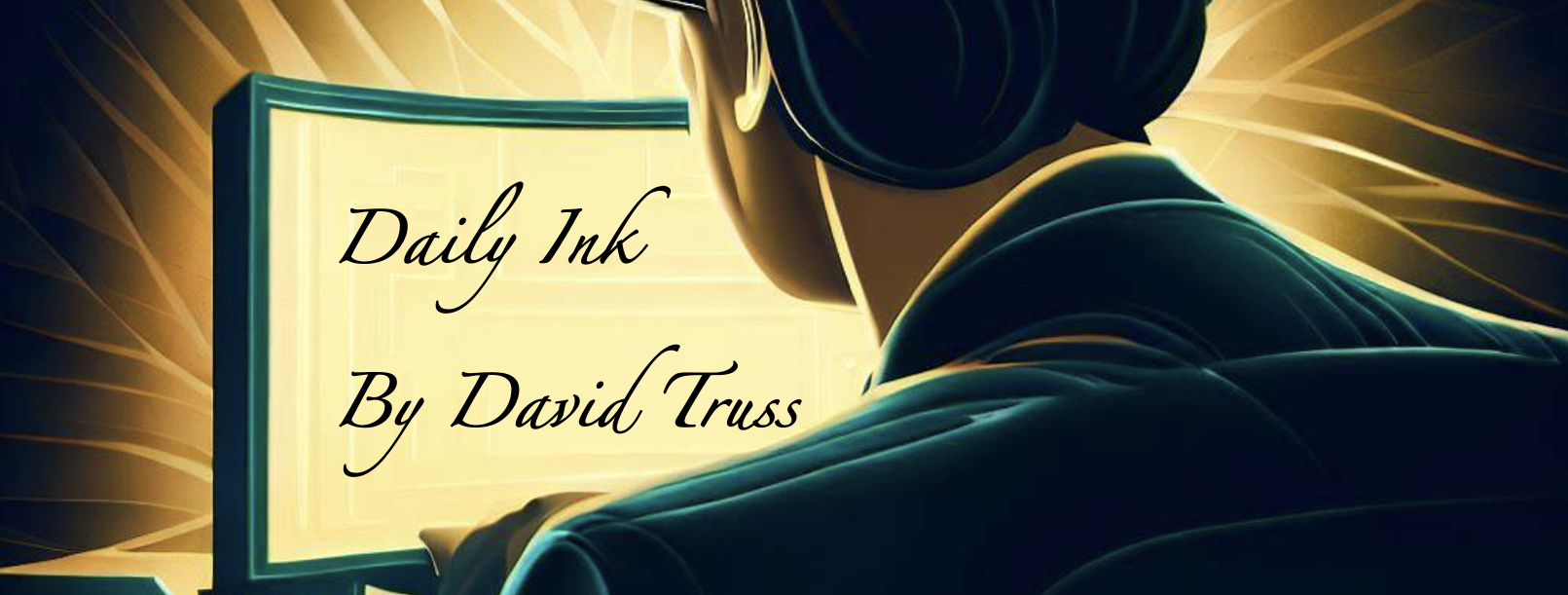Last month I wrote, ‘Just shifting online or shifting the learning?‘. This post looked at how to effectively shift engaging learning online, from a distance, as we moved to remote learning. Now we need to think about what we’ve learned, and what we want to bring back into our schools.
There will be limits that social distancing will challenge us with. But when we final normalize what school looks like, how will this global experiment in teaching remotely change what we do in schools post a Covid-19 vaccination? What lessons will we take from this?
Six years ago, I wrote,’Flexible Learning Opportunities‘

In this post I said,
“Blending won’t be something done to classes or students, rather it will be the modus operandi… the way teaching and learning happens. In fact, even ‘distance learning’ could have synchronous ‘face-to-face’ meetings in virtual worlds. It will be an exception to the norm, in a very short while, to have a class that is strictly face-to-face or solely online/asynchronous.”
I got timing of ‘a very short while’ wrong, and it took a pandemic to make it happen, but now I think we are approaching this. When students return to school are teachers going to just revert to old ways or will they rethink how they spend their time in class?
One of my schools that I’m the principal of is the district online school (Coquitlam Open Learning). For a while now, I’ve been talking to my teachers about the fact that over 95% of our online students are local, and asking how we can leverage this? Here are a couple examples:
1. Math teachers running a Numeracy event, where they brought students from many different classes together to solve numeracy problems and help them prepare for the provincial numeracy assessment.
2. The Biology teacher running fetal pig dissections to teach about the different body systems. Second year university med students taught our online & Inquiry Hub students about the different systems and did rotating demonstrations, then our students taught gifted middle school students in the same format later that day, with the university students assisting.
In both these cases, when the online students came together, it was for an ‘experience’, not just a lesson. How can we think about this as we bring some of the asynchronous learning to our synchronous classrooms? How can we rethink the experience of school when students all have access to resources, digital conversations, and videos and lessons that they don’t need to be together to see and do?
How can we leverage the digital access and connectivity to change what we do when we meet kids face to face?
Can we give them more guided time to work independently, with teachers providing just-in-time support?
Can we focus more on learning experiences, rather than lessons?
Are we just going to shift the learning back into classrooms, or are we going to start thinking more about how we can shift the learning experiences we provide while kids are in our schools?
A concrete example of this is that students at Inquiry Hub Secondary have about 40% of their day when they are not in front of their teachers. During this time, they work on assignments teachers give them (imagine group work where students never need to meet outside of school), they work in digital components of their courses (like video lessons), and they work on some pretty interesting student-designed inquiry projects (that they get credit for). You can learn more about how we make Inquiry Hub work here.
Are we just shifting the learning back into schools or are we also shifting towards different kinds of learning experiences?
Like this:
Like Loading...











